Recently I posted video of one of my Digital Dice Towers to a group of fellow tabletop RPG gamers on another social media site. Someone replied to the posting, "My blind wife would love this. A real shame they don't make anything like this more compact."
I had already thought of building a voice only version without the display. I was impressed with the quality of the voice that my Heathkit dice tower produced. But, I hadn't considered how much someone who is visually impaired would really appreciate something that generates randomized dice results and reports the results audibly. I was immediately inspired and committed to building an audible dice tower for a fellow D&D'er.
So, I re-thought the requirements of the original digital dice towers and came up with this list.
- Visual display not required
- Must provide audible output of the "dice roll" results
- The interface should be simple to use with decent tactile and possibly audible feedback
- The device should be battery powered. Plug in cords are cumbersome
- The case should be easy to transport or hold and shouldn't have sharp edges or corners common with sheet metal enclosures
- Could be handheld or tabletop depending on user preference
- Tabletop model should minimize footprint
- Handheld model should be easy to hold in one hand and operate with the other
- It must be cool. If you play D&D or other tabletop RPG's, you'll know that everyone loves to have their own unique dice. There's a number of companies and individuals making all kinds of colorful dice. The options are colorful, unique, elegant, classic, brilliant, shiny, and/or sparkly. This should be no different
This documents my first effort to make an audible only dice tower. For this one, I decided on a tabletop design. For cool factor, it "recycles" the case and speaker from a 60's-70's Sears Silvertone radio.
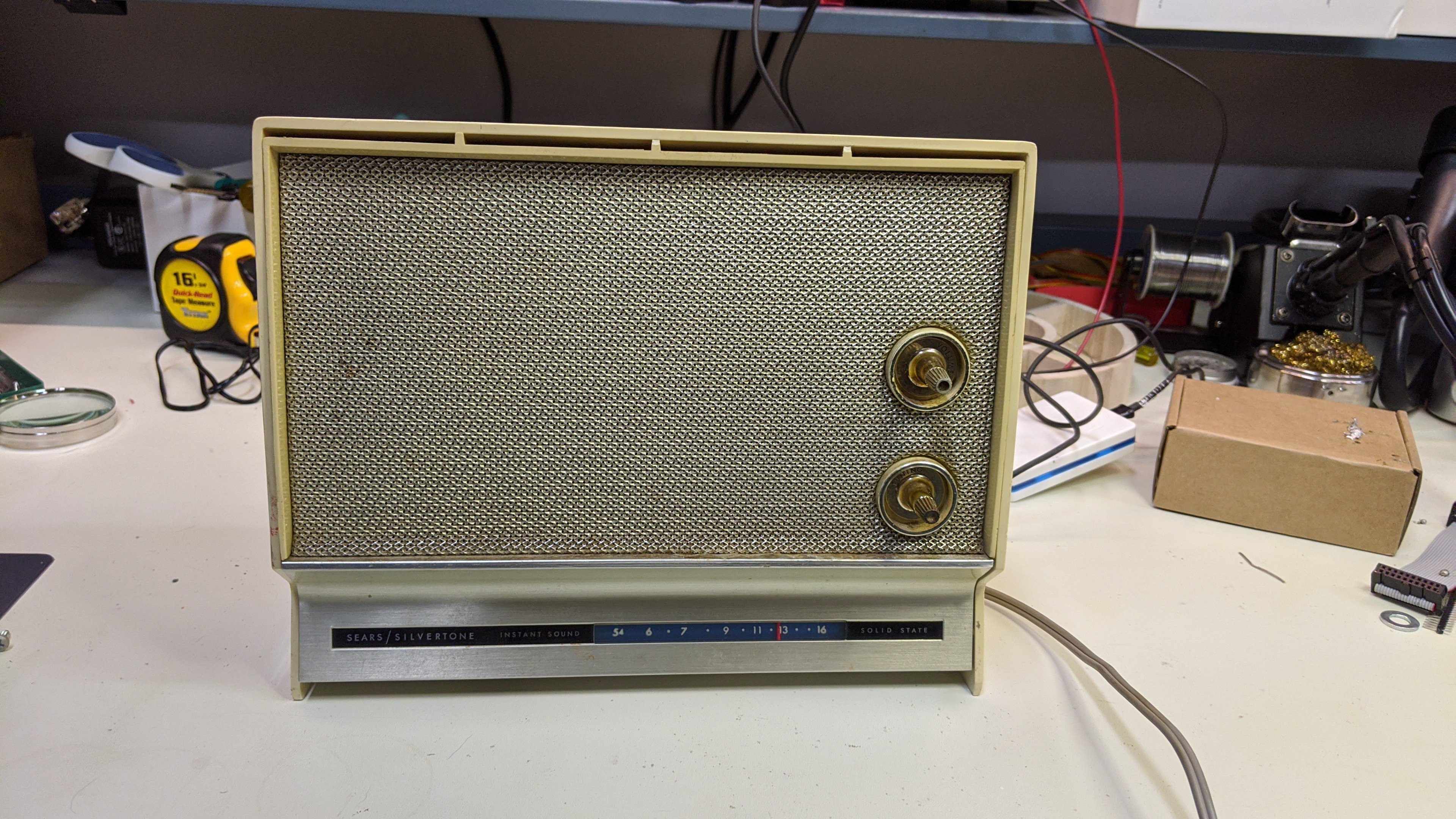
It re-uses a simple interface I built in a previous project not documented here on Hackaday. A single 5 way "joystick like" switch is used for all input. Pushing left-right on the stick will select the dice type. Pushing forward-back on the stick will select the dice count. And, pressing straight down on the stick will roll the dice and report the result.
The first step is disassembling the original radio.
Here's everything inside the case. The radio, antenna, and transformer must go. I'll be keeping the speaker and original potentiometer with on/off switch.
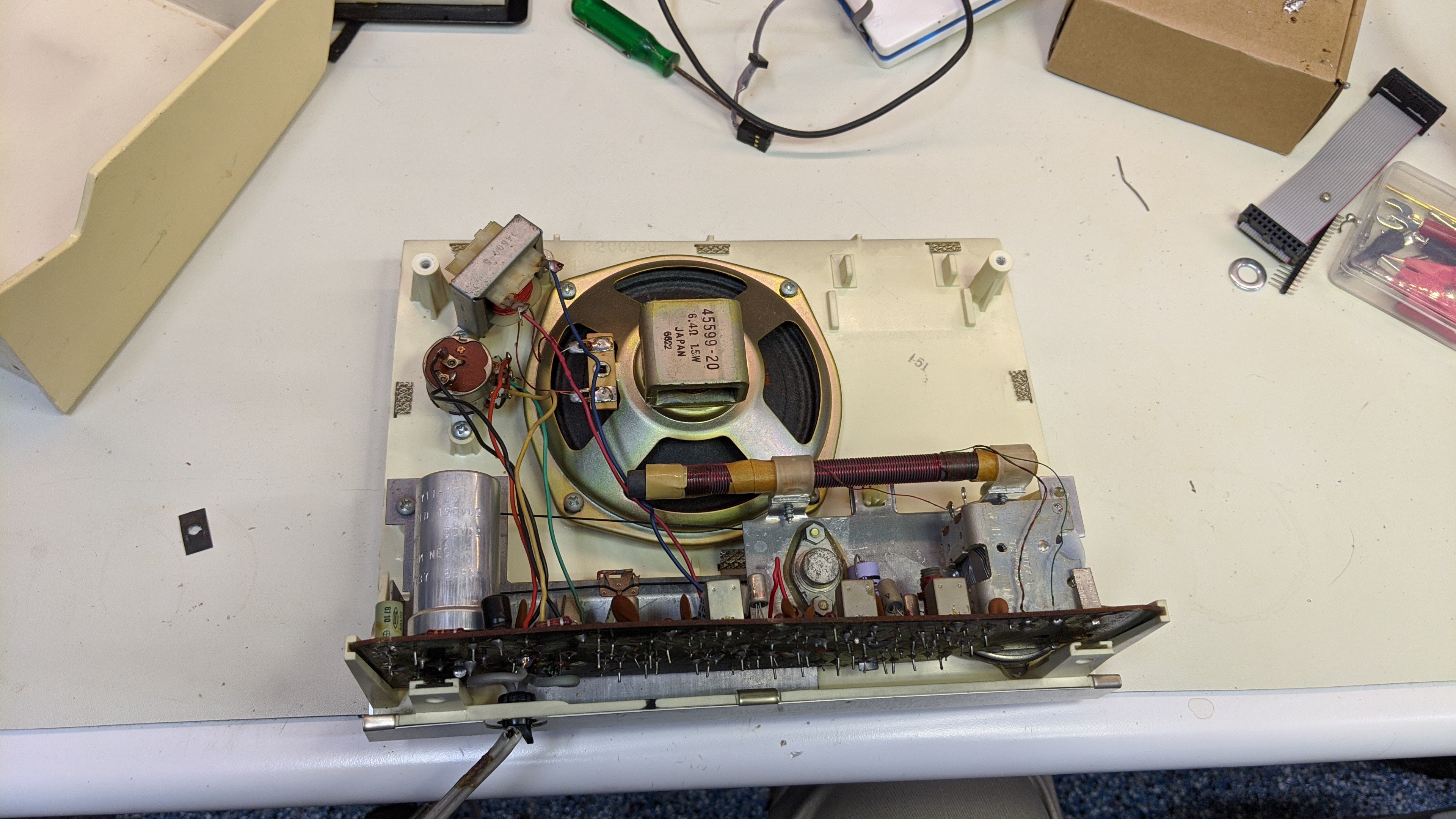
Making more room for the new stuff.
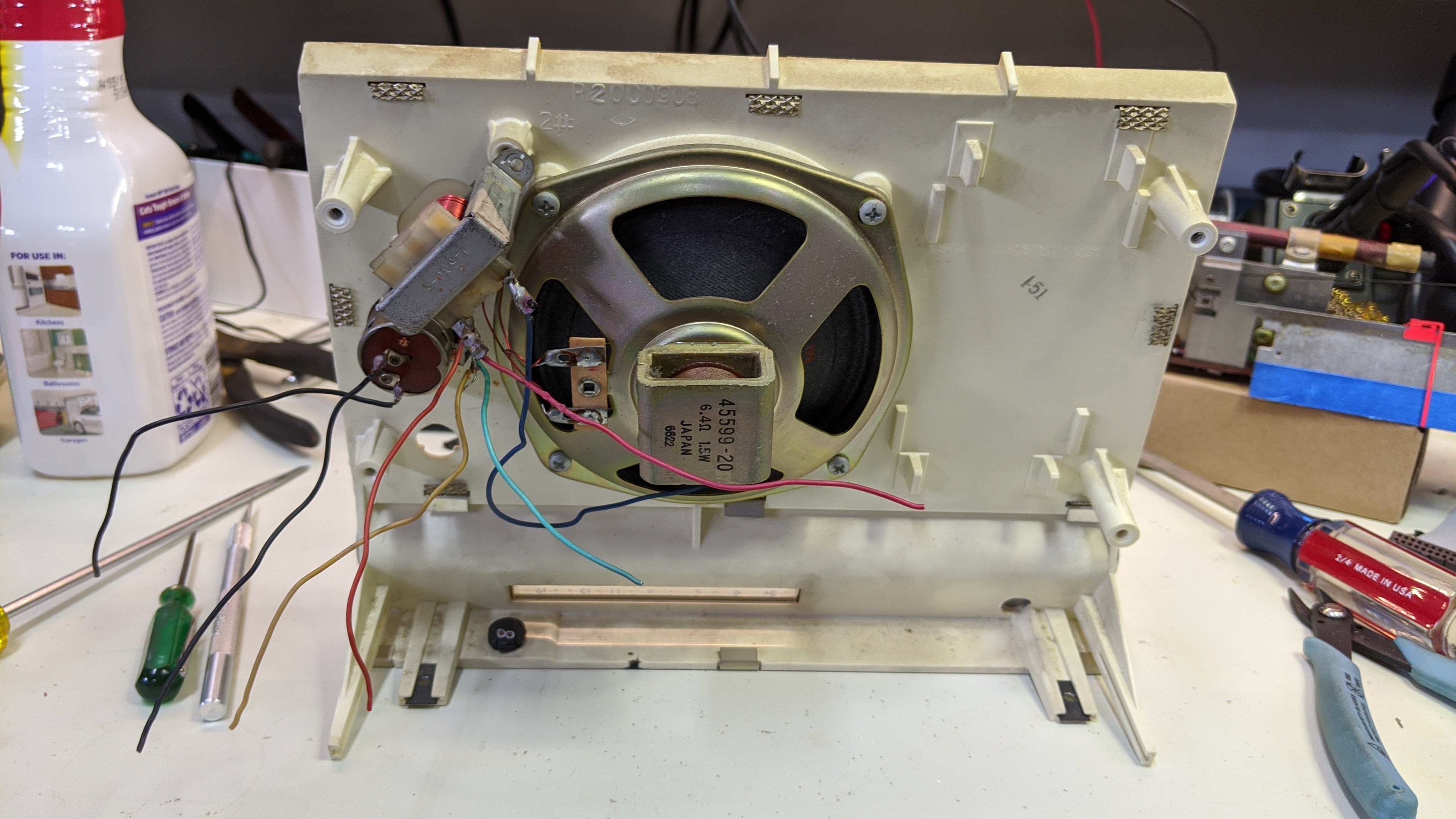
Removed the rest of the parts, speaker grill, and lower faceplate. Painted the front panel with some silver spray paint, painted the radio dial sight glass solid blue with a silver glitter (accidental over spray, left it because it looked cool), reassembled it all. Note: In this picture you can also see the five way switch that will implement the user interface for selecting dice type, dice count, and rolling.
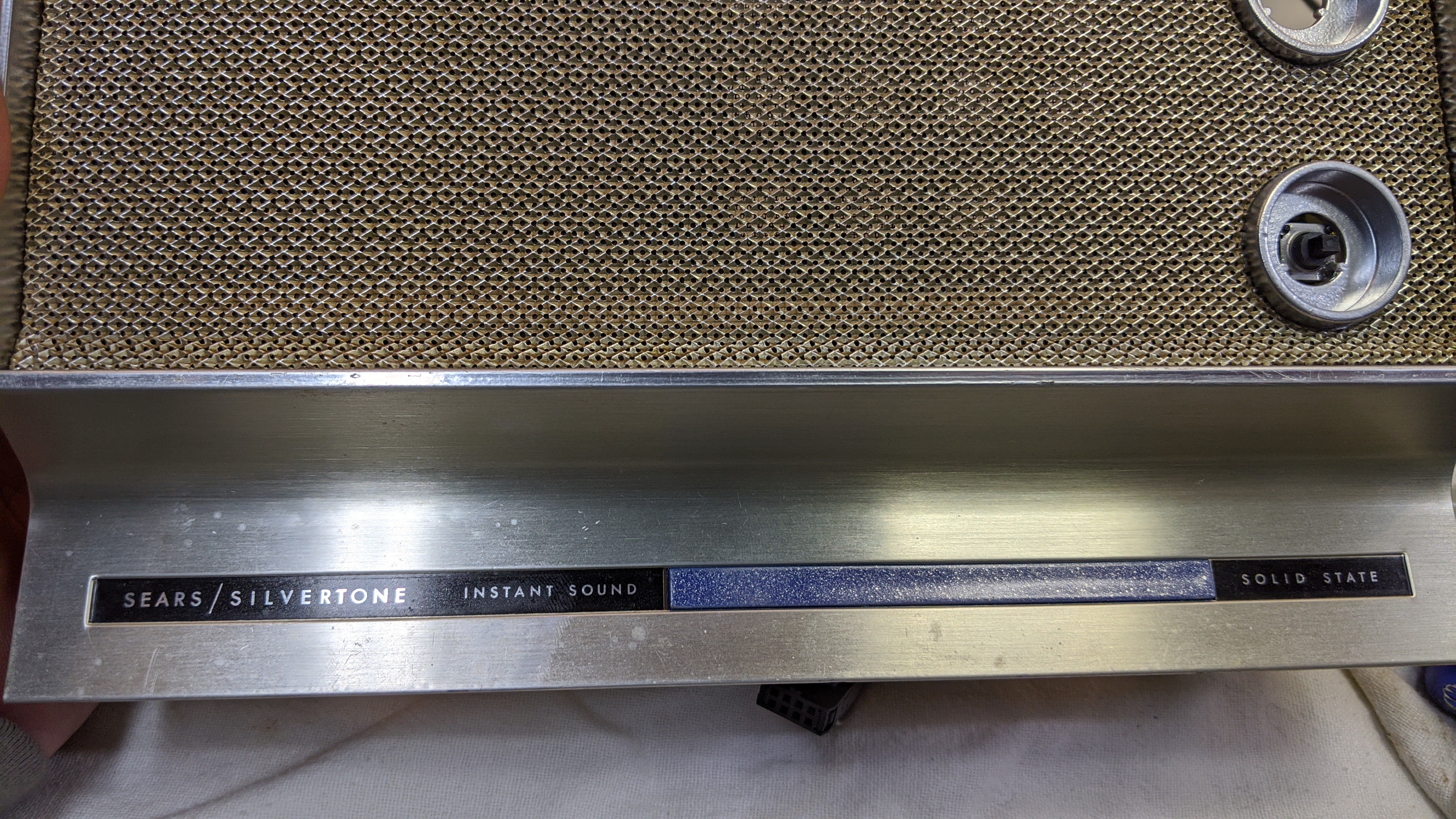
Close up of the 5 way switch before it was soldered to the protoboard.
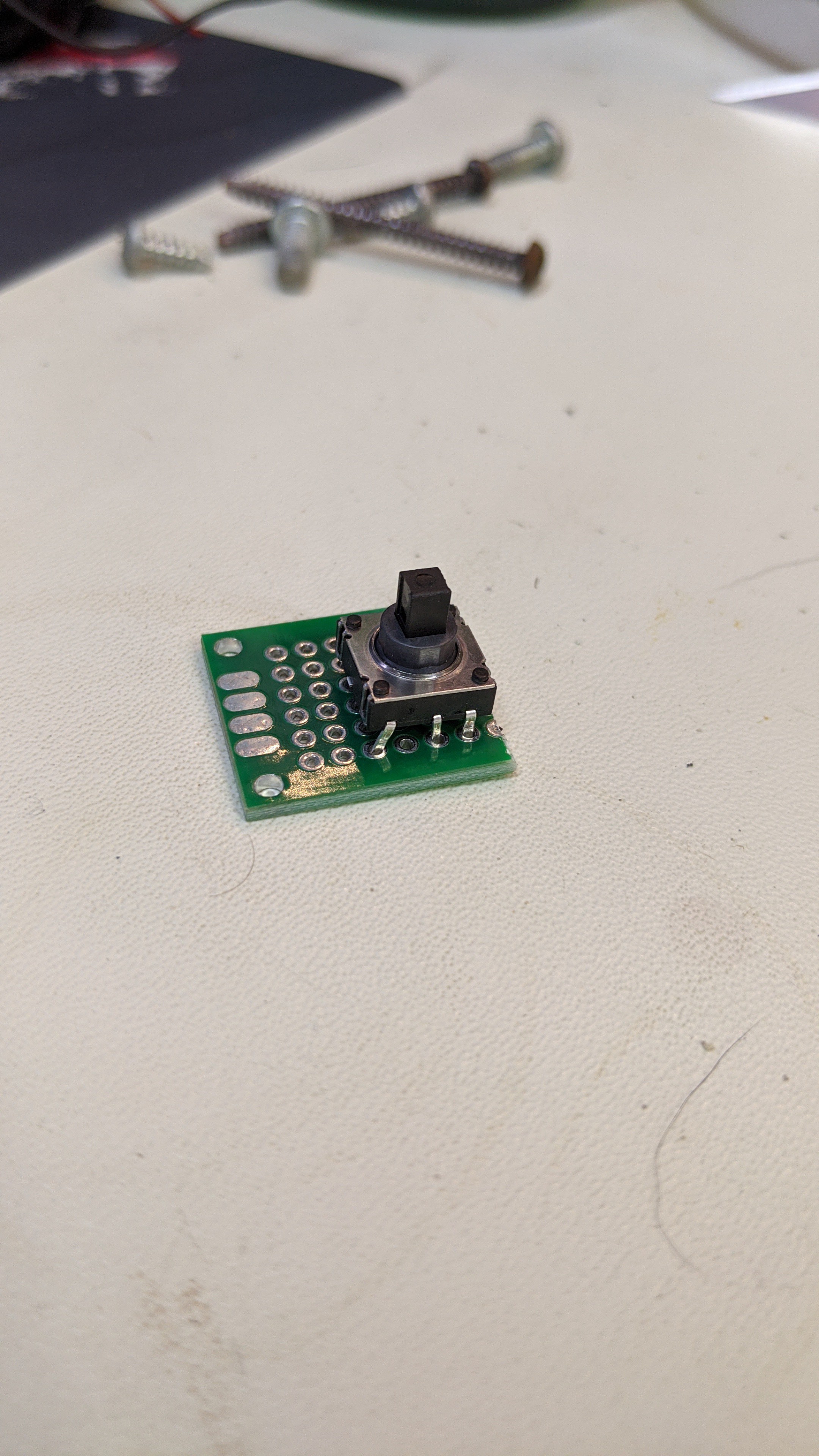
5 way switchd mounted to the radio front panel where the tuning knob used to be. I used some hot glue and nylon cable clip to keep it in place.
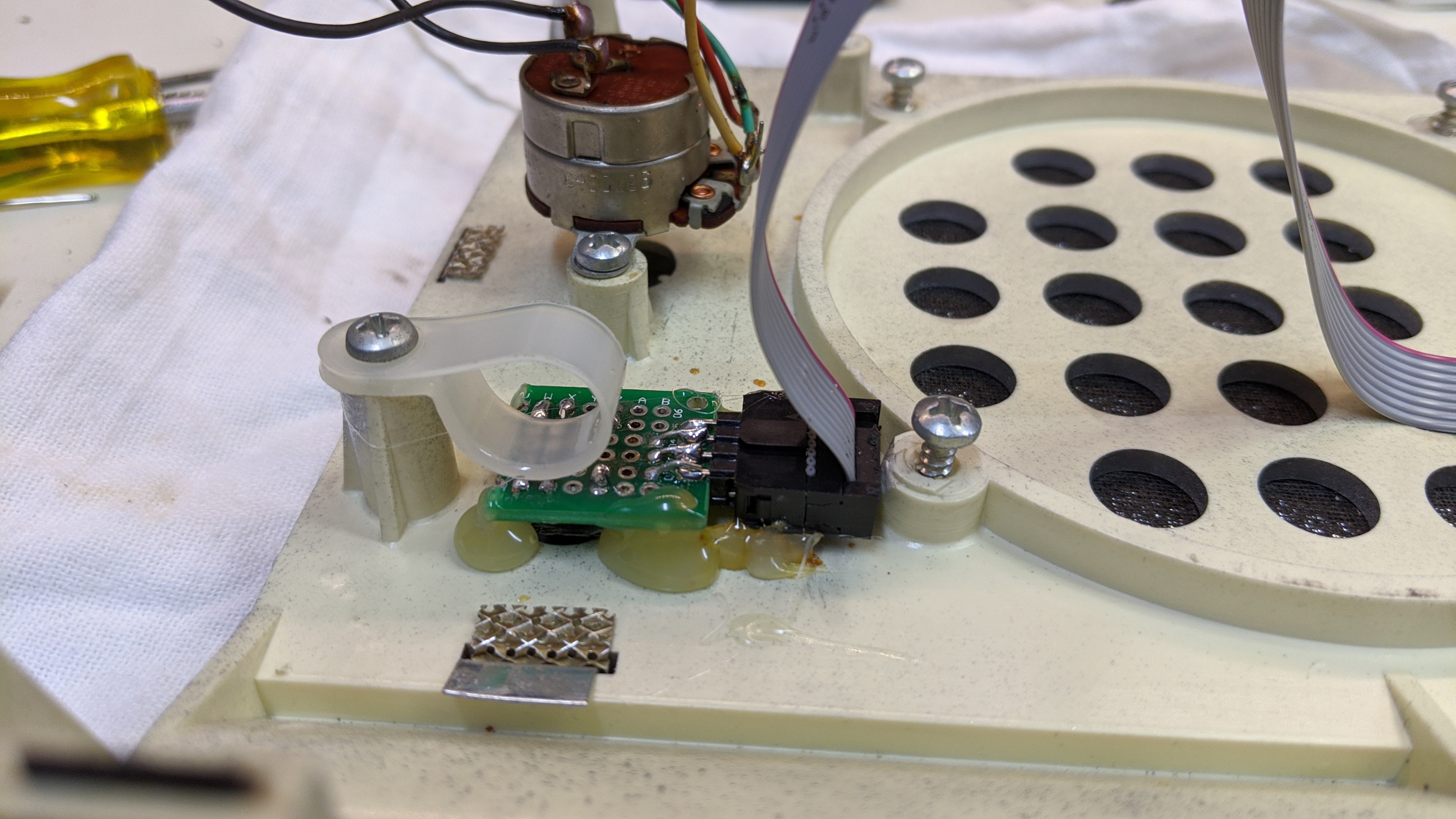
Installed an electric guitar style 9v battery holder in the base of the case.
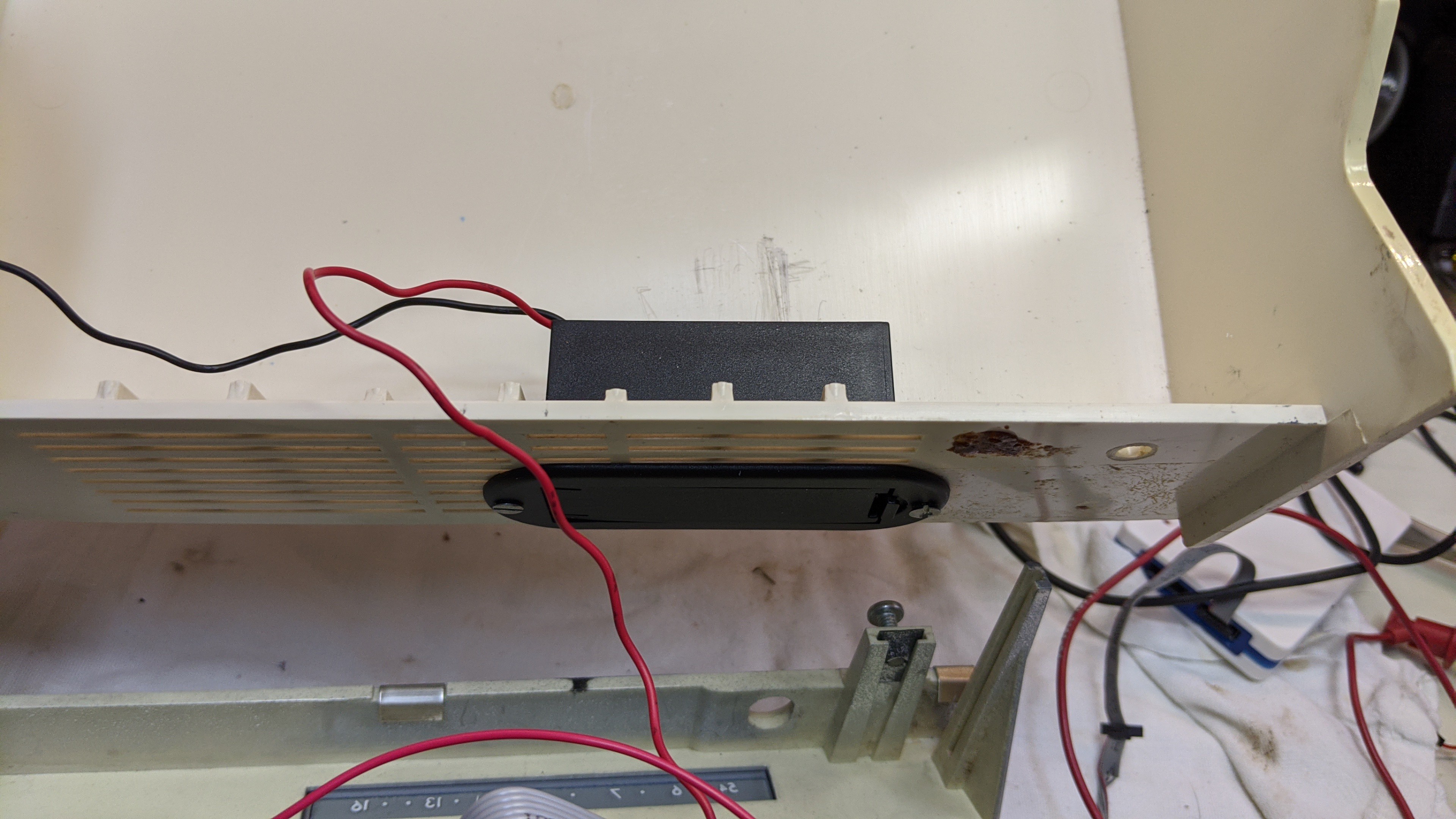
Controller board with ATmega328, voltage regulator (to run off 9v battery), audio filter, small class D audio amp, ISP connector for programming, and connector for 5 way switch all soldered up in a tight little package.
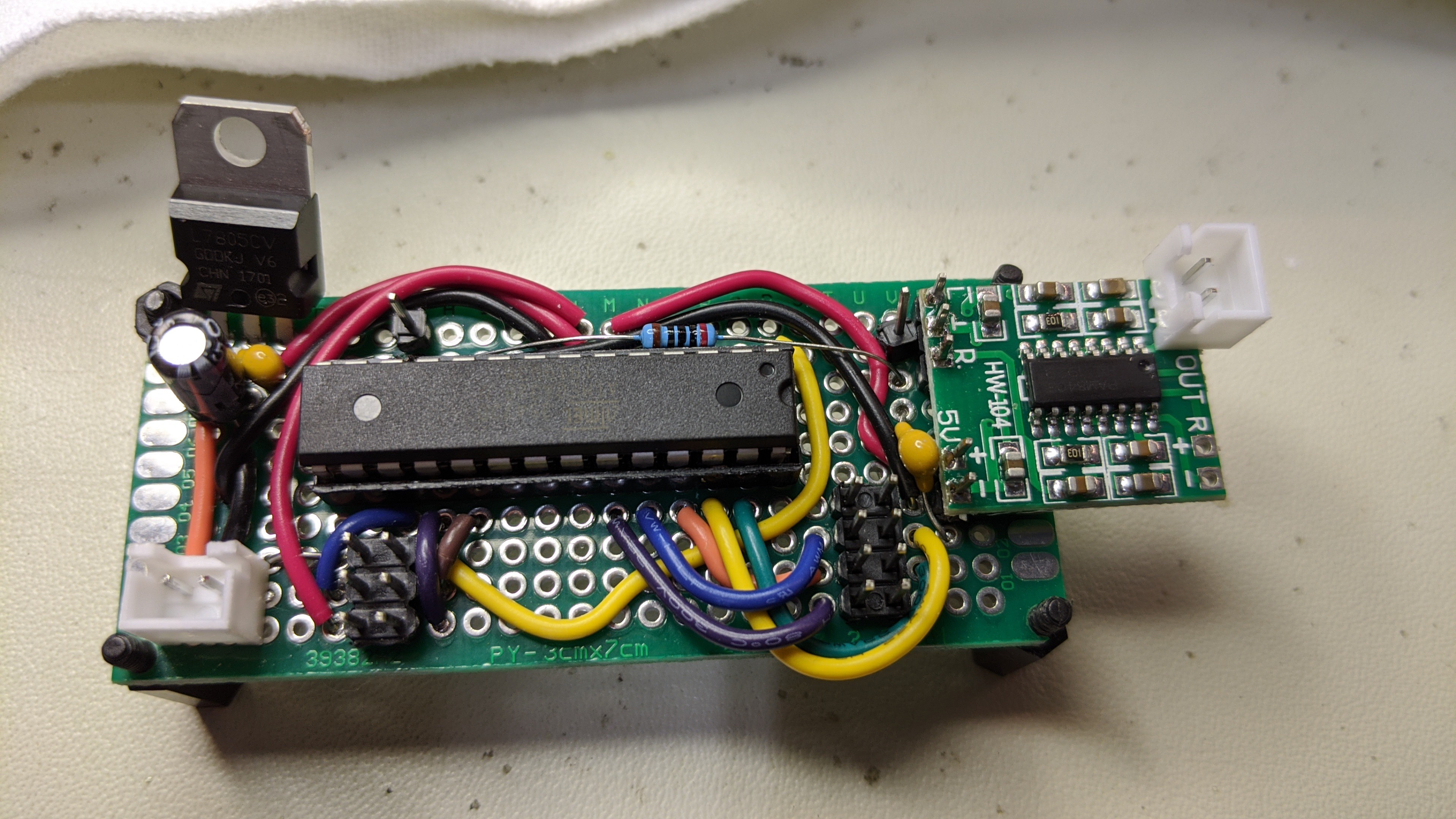
Everything installed in the case ready for re-assembly.
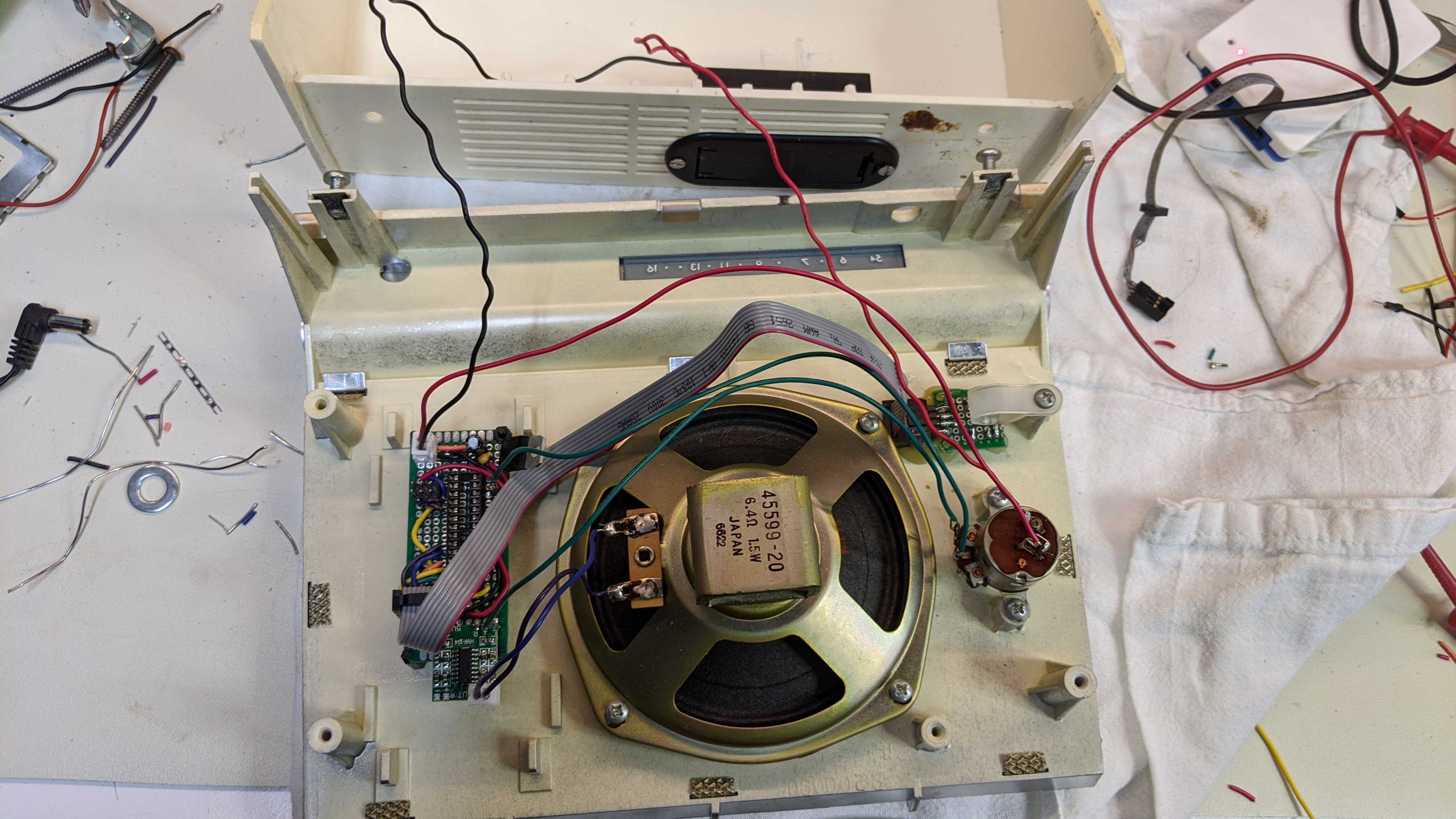
Lastly, the software updates were pretty simple. Since this is piece is battery operated, the software was updated to enable power saving mode on the processor. The inputs from the 5 way switch are configured as interrupts that awake the processor on state change. The software implements the user input (increase/decrease dice count, change dice type, or roll) and goes back to sleep. This extends battery life.
 John Anderson
John Anderson
Discussions
Become a Hackaday.io Member
Create an account to leave a comment. Already have an account? Log In.